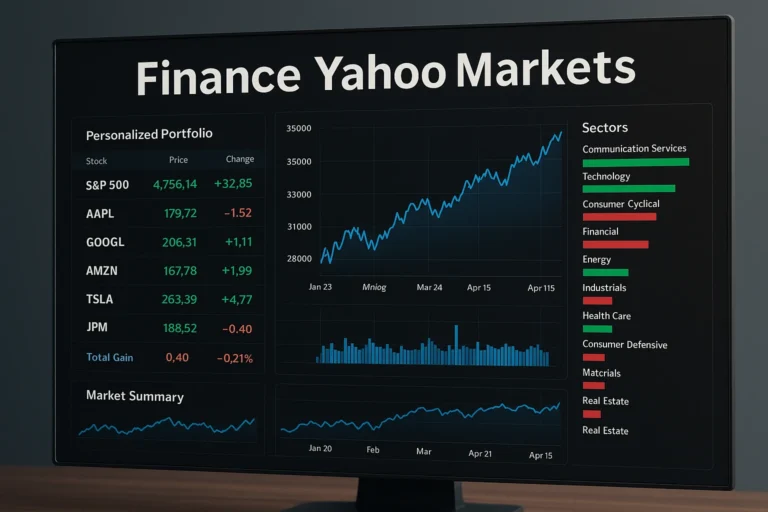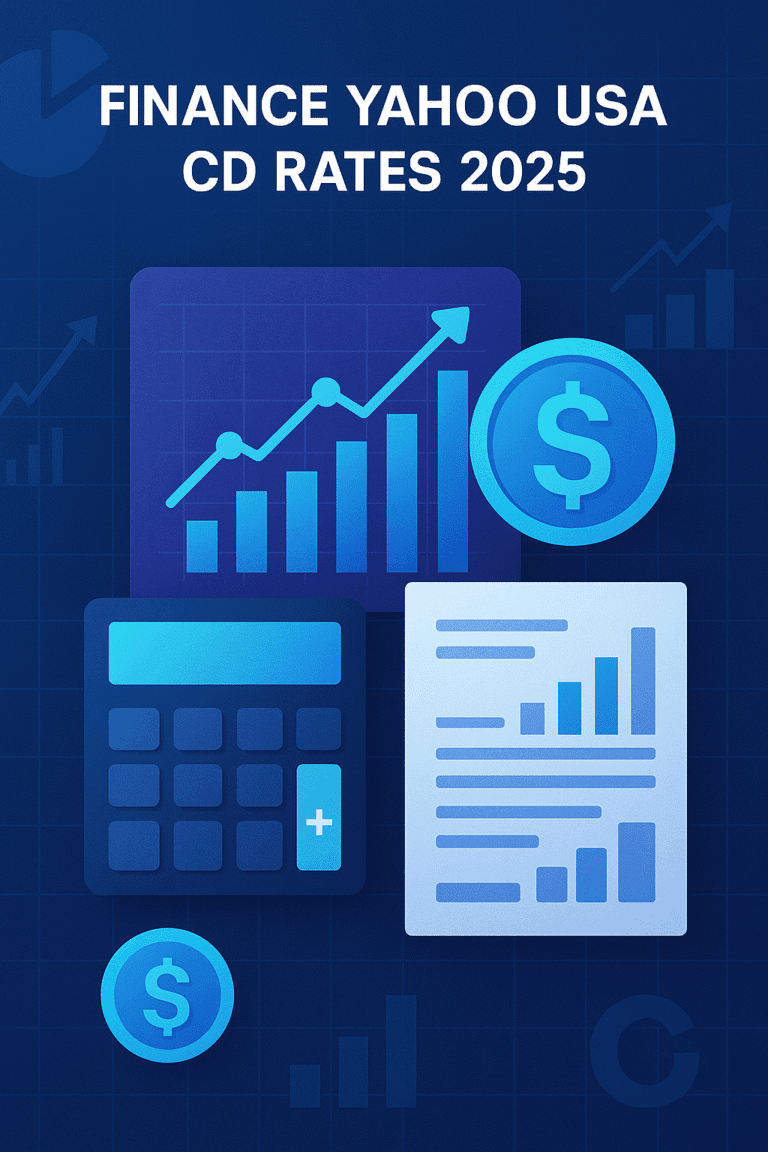
Forex Trading in 2024: Predicting the Next Move for the US Dollar-Forex trading in 2024 promises to be an exciting yet challenging landscape for traders, especially when it comes to forecasting the future of the US Dollar (USD). As the world’s most traded currency, the US Dollar plays a crucial role in the global financial system. Its movements in the Forex market can have ripple effects across all asset classes, from commodities to equities to other currencies.
In 2024, many factors are influencing the US Dollar’s trajectory. Economic shifts, geopolitical tensions, interest rates, and global inflation are just a few of the variables that traders must consider when predicting the next move for the USD. So, what are the key factors that could shape the US Dollar’s performance in the coming year? Let’s break it down.
Economic Indicators: A Critical Factor for US Dollar Movements
At the heart of Forex trading, especially when it comes to predicting the movement of the US Dollar, lies economic data. Key indicators such as GDP growth, unemployment rates, and inflation are critical for understanding where the US economy is heading and how the Federal Reserve (the central bank of the United States) might respond.
In 2024, one of the most significant economic indicators for Forex traders to monitor is the US inflation rate. Inflation has been a major concern globally in recent years, and the Federal Reserve’s actions to curb inflation through interest rate hikes have had a direct impact on the USD. If inflation continues to remain high, the Federal Reserve may implement further tightening measures, which could strengthen the US Dollar as investors seek the relative safety of USD-denominated assets.
On the other hand, if inflation is brought under control and the US economy experiences a slowdown, there could be a shift towards monetary easing—potentially leading to a weaker US Dollar. Therefore, traders must keep a close eye on inflation reports, the Consumer Price Index (CPI), and the Producer Price Index (PPI), which provide valuable insights into the economy’s health.
The Role of Interest Rates: Fed’s Actions in Focus
:max_bytes(150000):strip_icc()/News-Story-Federal-Reserve-Preview-FINAL-2-d4a7d4079433481e8a6611db4f040ca2.png)
The Federal Reserve’s stance on interest rates is arguably the most significant driver of US Dollar movements in the Forex market. In recent years, the Fed has been aggressively raising interest rates to combat inflation. These rate hikes generally make the US Dollar more attractive to foreign investors, as higher rates often lead to better returns on USD-denominated assets.
Looking ahead to 2024, the question remains: will the Federal Reserve continue with aggressive rate hikes, or will it slow down the pace of tightening? If inflation shows signs of stabilizing, the Fed may adopt a more dovish stance, potentially leading to a weaker US Dollar. However, if inflation remains stubborn or geopolitical risks escalate, the Fed may choose to keep rates higher for longer, which could provide further support for the US Dollar.
It’s important to watch Fed meetings and key speeches from Federal Reserve officials in 2024 to gauge the future direction of monetary policy. Any hint of a change in the rate-hike cycle could create substantial volatility in the Forex market.
Geopolitical Tensions and Global Uncertainty
In addition to domestic economic factors, geopolitical tensions and global uncertainties also have a significant impact on the US Dollar’s movements. In a world where trade wars, political instability, and regional conflicts are frequent, the US Dollar often serves as a safe-haven currency. During times of geopolitical uncertainty, investors tend to flock to the USD as a reliable store of value.
For instance, if tensions rise between the US and China, or if there is an escalation of conflicts in Europe or the Middle East, the US Dollar could see a surge as global investors seek stability. On the other hand, if diplomatic relations improve and tensions ease, there could be less demand for the Dollar, leading to depreciation.
In 2024, key geopolitical developments—such as the ongoing war in Ukraine, US-China relations, and the stability of the European Union—could influence Forex trading strategies around the US Dollar. Traders will need to stay informed about global events to anticipate how these tensions might affect the USD. (Read More: A Comprehensive Guide to Beyond Finance: From Cryptocurrencies to Sustainable Investments)
The US Dollar’s Relationship with Other Currencies

Another essential factor for predicting the next move for the US Dollar is its relationship with other major currencies, particularly the Euro (EUR), Japanese Yen (JPY), and British Pound (GBP). In Forex trading, the US Dollar is most commonly traded against these currencies, and shifts in their economic conditions can lead to significant changes in the value of the USD.
For example, if the European Central Bank (ECB) decides to adopt a more hawkish stance to combat inflation in 2024, the Euro could strengthen against the US Dollar. Similarly, if the Bank of Japan (BoJ) begins to unwind its ultra-loose monetary policy, the Yen might appreciate, potentially putting downward pressure on the USD/JPY pair.
Therefore, it’s important for Forex traders to consider not only US economic data and Fed policy but also the actions of central banks in other major economies. Understanding global interest rate differentials and the monetary policies of key central banks can help traders anticipate shifts in the value of the US Dollar relative to other currencies. (Read More: Meta Business Suite vs. Competitors: Which Platform is Best for Social Media Management?)
The Impact of Global Energy Prices on the US Dollar
Energy prices, particularly oil, have a profound impact on the US Dollar. As the world’s largest importer of oil, fluctuations in global energy prices can influence the US trade balance, inflation, and overall economic health. In 2024, if oil prices rise significantly due to supply disruptions or geopolitical issues, the US could face higher inflationary pressures, which may prompt the Federal Reserve to act more aggressively with interest rate hikes.
On the flip side, if energy prices fall or remain stable, this could ease inflationary pressures and make it easier for the Fed to maintain a more dovish stance. This would likely put downward pressure on the US Dollar, as lower interest rates would make the USD less attractive to global investors. As a result, energy markets will be another key area for Forex traders to monitor in 2024. (Read More: Exploring Entry-Level to Senior Finance Analyst Jobs: Your Career Path Guide)
Global Inflation and Economic Growth in Emerging Markets

Finally, emerging market economies could also play a role in the US Dollar’s trajectory in 2024. Countries like China, India, and Brazil are significant global players, and their economic performance has an indirect effect on the value of the USD. If inflation in emerging markets remains high, it could lead to tighter monetary policies in these regions, which might cause investors to shift capital into the US Dollar.
Conversely, if emerging markets experience strong economic growth, investors may move funds into these markets, which could lead to a decrease in demand for the USD. Keeping an eye on inflation and growth projections in emerging economies will be essential for predicting shifts in the Forex market.
Conclusion: Navigating the US Dollar in 2024
Predicting the next move for the US Dollar in 2024 is no easy task, as there are a variety of factors—ranging from domestic economic conditions to global geopolitical events—that could influence its performance. However, by keeping track of key indicators like US inflation, Federal Reserve actions, geopolitical tensions, and energy prices, Forex traders can make informed decisions. (Read More: How to Maximize Your Business Growth Using WhatsApp Business APK in 2024)
While the US Dollar remains a dominant force in the global currency markets, it is not immune to the shifting tides of global economic conditions. For traders, understanding these dynamics and staying on top of the latest market trends will be crucial for successfully navigating the challenges and opportunities that lie ahead in Forex trading in 2024.





2 thoughts on “Forex Trading in 2024: Predicting the Next Move for the US Dollar”